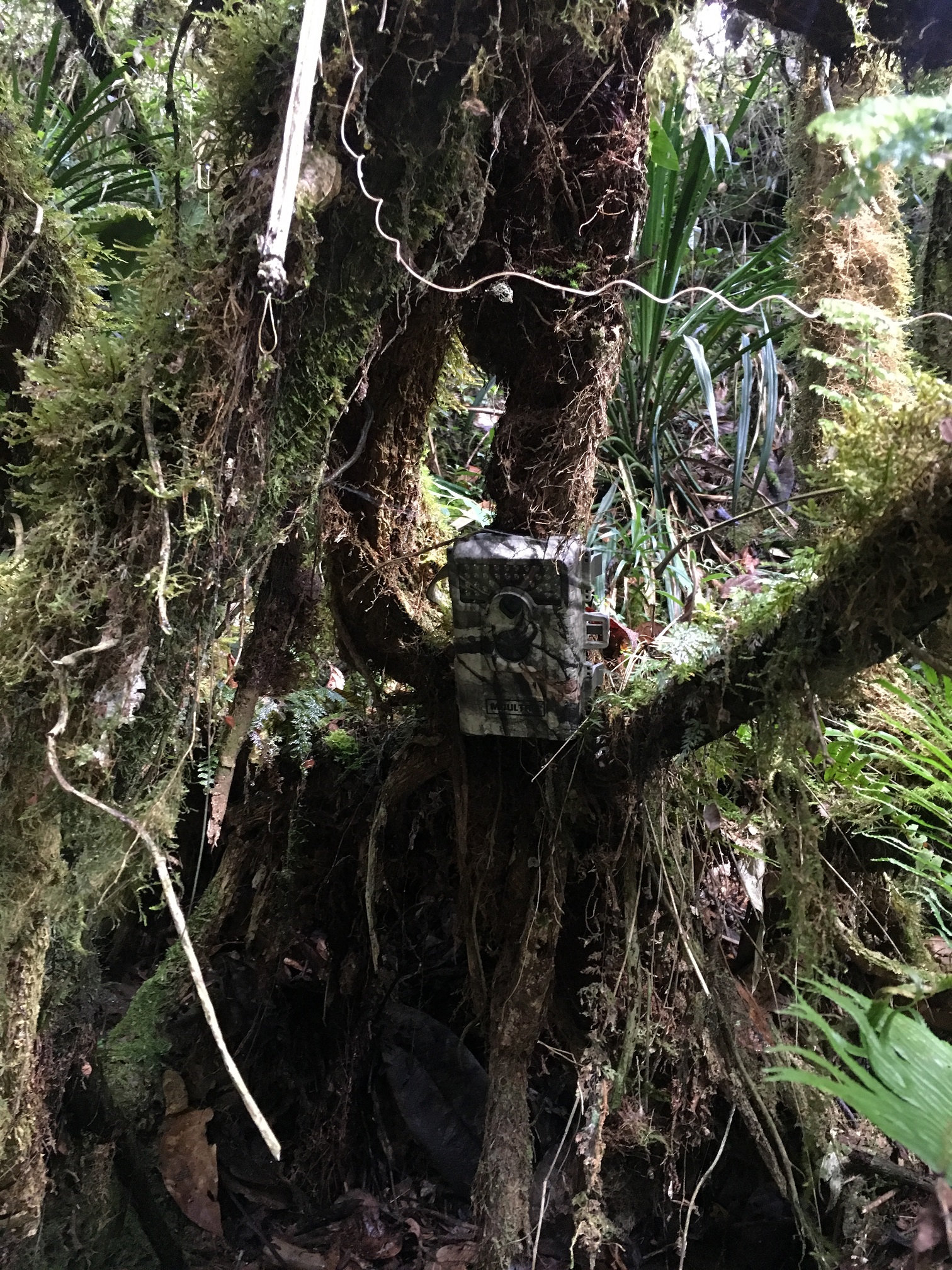Governance and management practices through participatory planning and delivery
Lewa Community Development Manager, John Kinoti (middle) at the signing of a new Community Forest Association management plan, alongside the Kenya Forest Service and Meru County Government officials.
Lewa Wildlife Conservancy
Governance
Over the years, Lewa has set up an elaborate and effective governance and management structure, which has greatly contributed to the organisation's effectiveness and efficiency. The Conservancy is headed by a board of directors with a well stipulated mandate, which is to drive Lewa's strategy through the management team. This has ensured that Lewa has the right strategic direction and practices accountability to stakeholders and beneficiaries. The communities working with Lewa are clustered within their geographic locations, and each one has a development committee, a platform for the communities to identify, discuss and agree on their needs, which then, together with the Lewa team, are prioritised.
Management
Lewa's management is informed by its Strategic Plan updated every 5 years. The Plan is aligned to national and local conservation and livehood goals. It is prepared consultatively with our stakeholders through participatory planning. Implementation is through various departments, supported by a Monitoring, Evaluation and Learning framework. Additionally, we have the Lewa Standard, a set of ethos and principles that ensures the Conservancy is managed to the highest standards in the context of defined objectives.
Participation and inclusiveness of all stakeholders, mainly Lewa's neighbouring communities.
Practising financial transparency and setting up accountability processes.
Investing in establishing a highly effective, motivated and efficient team, which is then best placed to drive the strategic plan.
The importance of planning for the longterm, and establishing how to execute a strategy in phases.
Recognition and understanding of the immediate context in matters relating to conservation and development, and ensuring relevancy of our work.
Working with the government in power, and not having any political affiliation.
The value of having a robust Monitoring, Evaluation and Learning framework, which then helps to ensure that our work is having positive impacts.
The importance of having a strong board of directors with varied experiences and skills sets to drive the organisation's strategy.
Supporting the communities to form their own governance structures, which helps to set up platforms to articulate their needs in a formalised fashion.
